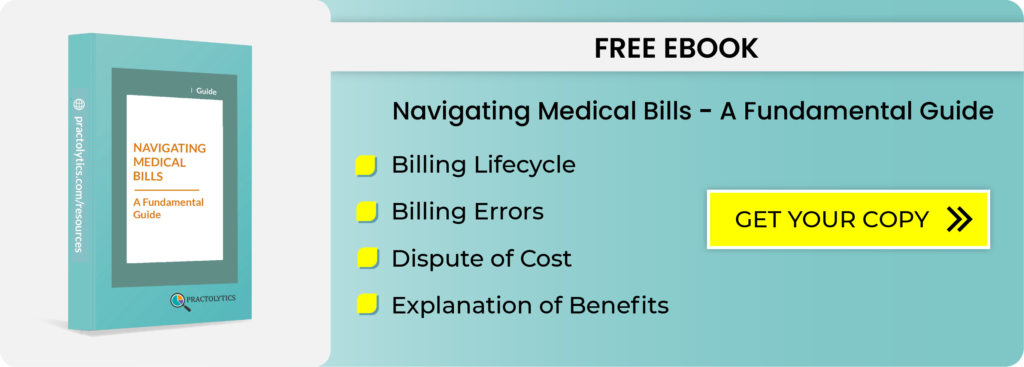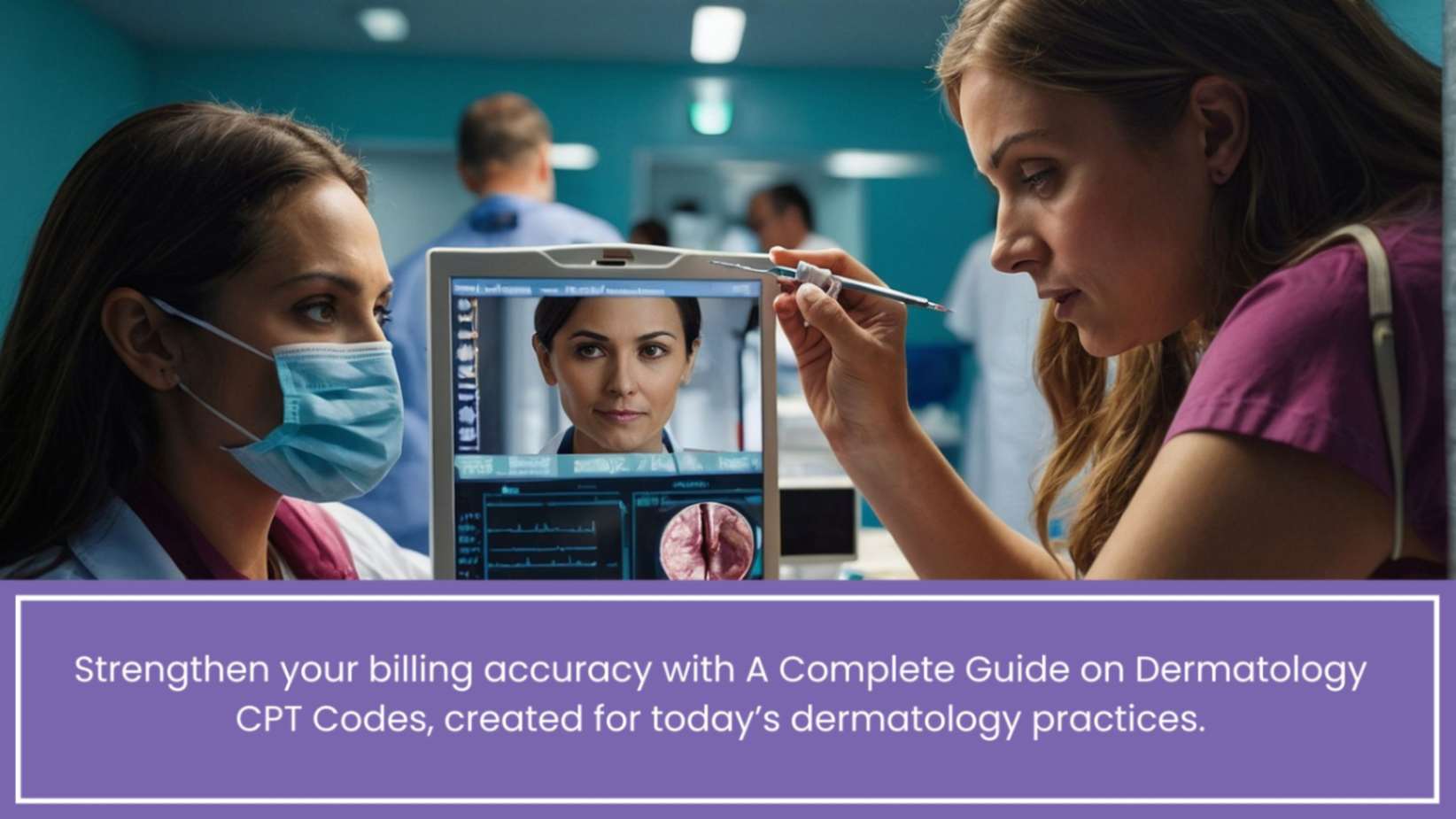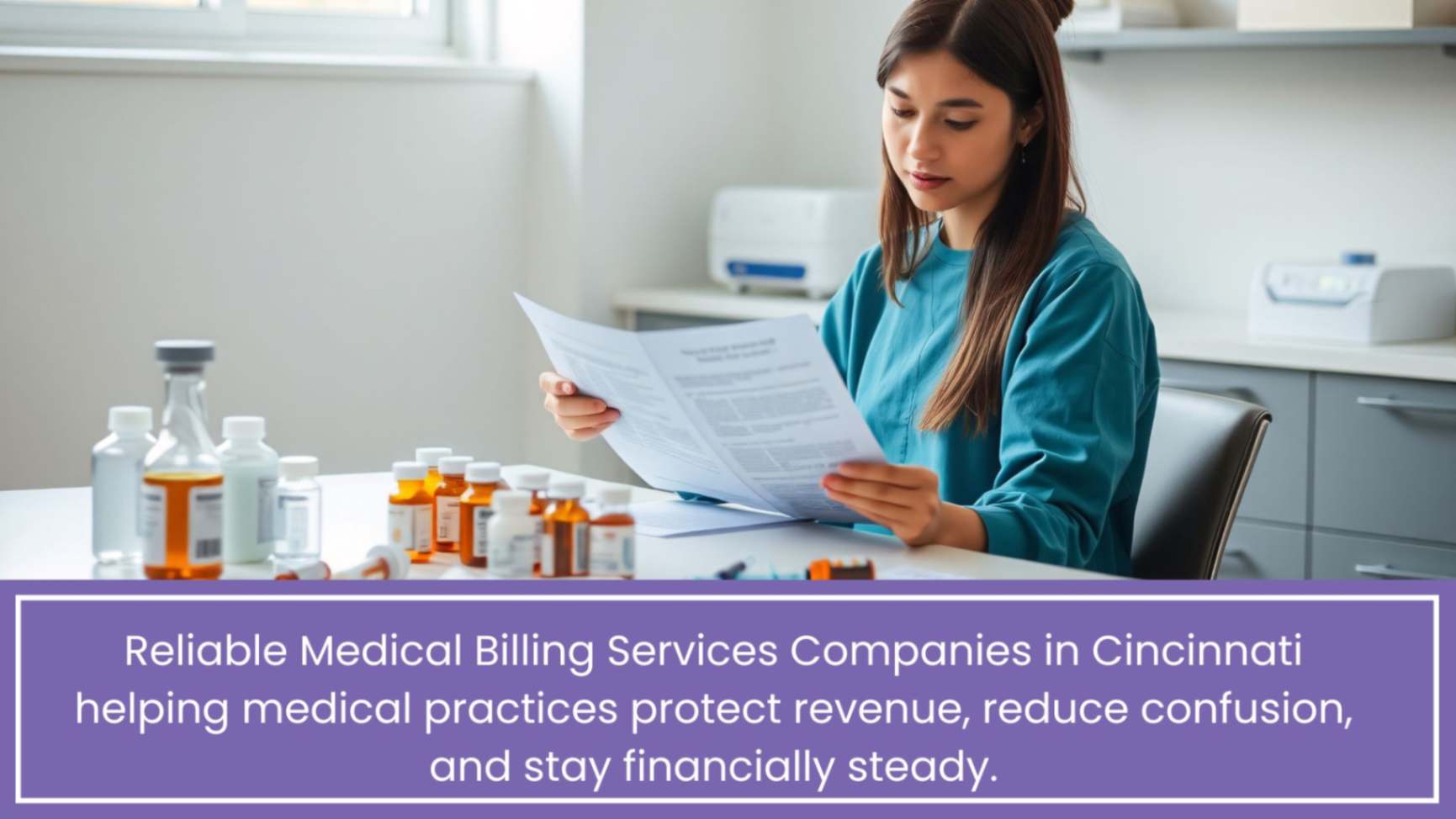Avoiding False Claim Billing for your Practice
Managing a medical practice requires careful balancing. It’s no secret that managing a medical practice requires careful balancing. A strong commitment to patient care is essential. Staying current with medical breakthroughs and effective staff management are also essential. However, medical billing remains a constant and often challenging area. Codes, rules, and a lot of paperwork make it complicated. A daunting amount of paper labor (or electronic forms!) adds to the complexity.
Avoiding false claim Billing for your practice is a significant risk to your practice’s financial stability. It can also negatively impact your mental health in a stressful environment. It’s not just about accidental errors; it can range from honest mistakes in coding to outright fraudulent activity. And the consequences? They can be severe, impacting your finances, reputation, and ability to practice. They can also impact your ability to practice.
What are some ways to avoid this dangerous area? Vigilance and education are crucial, along with strong internal procedures. To succeed, these components are necessary.
Table of Contents
Understanding about False Claim Billing
Let us first define prevention before delving into the topic. In the healthcare industry, a false claim is a request for payment for services that were not rendered. These claims are also known as fraudulent claims and are not medically necessary. It can be a request for payment. It can also be a request for payment for services that were misrepresented. This can manifest in a variety of ways:
- Billing for services not rendered: This is perhaps the most straightforward. You bill for a procedure or visit that never happened.
- Upcoding is the practice of billing for a more intricate or costly service. It involves billing for a service that was not actually provided. Charging for a thorough visit, even if it was only a quick one.
- Billing separately for services that are usually bundled is known as unbundling. Unbundling involves charging for services that are typically covered by a single code.
- Billing for services that are not medically necessary. Performing tests or treatments that are not clinically recommended for the patient’s condition and then billing for them.
- Falsifying a patient’s diagnosis is unethical. This can involve changing a diagnosis to support a more expensive operation or treatment.
- Duplicate billing occurs when a service is billed multiple times. This is known as billing for the same service more than once.
- Falsifying patient records involves altering medical documentation. This practice aims to support a false accusation.
It’s crucial to keep in mind that purpose counts. However, even sincere errors can result in an audit and serious consequences. The government is vigorously pursuing cases of healthcare fraud and abuse. Private payers are also increasingly pursuing these cases.
Measuring Your Practice’s Risk: Key Metrics and KPIs
How can one create a robust protection against these dangers? It employs a multifaceted strategy to address all aspects of your billing process. This strategy covers all facets of your billing procedure.
1. Invest in Ongoing Education and Training:
There is no negotiating this. Regulations pertaining to medical billing and coding are continually changing. What was permissible last year might be a red flag this year.
- For Yourself and Your Providers: Ensure that all your clinicians understand the nuances of documentation that supports billing. They need to know why accurate and thorough notes are crucial—they are the bedrock of any claim.
- For Your Billing Staff: Your billing team needs to be exceptionally well-trained. Send them to regular workshops, webinars, and conferences. Invest in certification programs. They must be knowledgeable about payer-specific regulations. They must also be knowledgeable about CPT, ICD-10, and HCPCS codes.
- Keep abreast of payer policies. Payer policies can vary slightly. To prevent denials and problems, your team must be aware of these variations.
2. Implement Robust Internal Auditing Processes:
Do your own audits regularly. Waiting for an outside audit is not recommended.
- Pre-submission reviews ensure claims are complete, accurate, and compliant with payer regulations. These reviews should be conducted before claims are sent out. This is where mistakes are discovered. They are then addressed before they become problems.
- Post-payment Reviews: Even after claims are paid, periodically select a sample of paid claims and compare them against the patient’s medical records. Did the documentation truly support the claim that was paid? This helps identify systemic issues.
- Services that are regularly audited, like E/M codes, intricate processes, or specific diagnostic tests, require special attention. Pay attention to these services to ensure accuracy and compliance.
3. Cultivate a Culture of Compliance:
Compliance should not be seen as a negative term. It should be integrated into the core of your practice.
- Clear policies and procedures are essential. They should outline billing guidelines, required paperwork, and procedures for handling potential issues. Ensure everyone is aware of the policy. Ensure everyone follows the policy.
- Encourage staff members to raise questions and share concerns. This will foster open communication. Provide them the freedom to do so without worrying about reprisals. People’s doubts should be encouraged to be voiced. Encourage people to ask questions instead than brushing them off.
- Name a Compliance Officer. Managing compliance initiatives should fall under the purview of someone, even in smaller practices. This individual could be a committed employee. They could also be a practice manager or a partner.
4. Leverage Technology Wisely:
False claims can be avoided. Electronic health records (EHR) and practice management tools can help.
- EHRs often include coding support. This support can identify potential errors and suggest appropriate codes based on documentation.
- Claim Scrubber Software checks claims for mistakes. It also checks claims for discrepancies and payer-specific regulations before submission. This helps ensure accurate and compliant claims. This protective layer is priceless.
- Proper record-keeping requires thorough documentation. Thorough record-keeping depends on solid documentation. These features should enable easy and efficient documentation. Prompts and templates help providers gather information. They assist providers in gathering all the information they need.
5. Documentation, Documentation, Documentation!
We can’t stress this enough. If it wasn’t documented, it wasn’t done—at least in the eyes of an auditor.
- Detailed clinical notes must be clear and complete. They must document patient contact. Add the visit’s purpose, pertinent medical history, physical examination results, evaluation, treatment plan, and any services rendered.
- Clearly state whether each treatment or procedure invoiced is medically necessary. Medical necessity must be clearly stated for each treatment or procedure billed. Why was this patient in need of this test or treatment? When was this patient in need of this test or treatment?
- Verify the legibility of the paperwork. Make sure all of the documents are readable. Verify that all documentation is complete. Include the provider’s signature or attestation.
What if You Discover an Error?
Errors happen, and no practice is flawless. If you find a bogus claim, take prompt, responsible action.
- The government encourages self-disclosure of overpayments or fraudulent claims. This proactive approach can significantly reduce penalties.
- Refund Overpayments: Start the process of returning overpayments. As soon as possible, return overpayments to the relevant payer.
- Ascertain the cause of the error. Avoid making the same mistake twice. Take preventative measures.
Maintaining Trust and Safeguarding Your Practice
Steer clear of false claims. When it comes to billing procedures, honesty and patient/payer trust are crucial. A proactive and diligent approach is necessary for this. Strong internal controls, a commitment to moral billing procedures, and continual education should all be part of this plan.
These investments preserve your financial results. They also preserve your professional image and your focus on patient care. Medical billing services is a complicated business. But if you use the appropriate techniques, you can handle it with assurance.
How to save Your Practice Against False Allegations For healthcare professionals looking to protect their practice from expensive billing errors and possible fraud, billing provides crucial information. The risks of making false claims—whether through careless or intentional actions—as well as the severe legal and financial repercussions are discussed in the article. It offers a strategic approach focused on technology, compliance culture, internal audits, education, and good documentation processes. The implementation of protections, including proactive error resolution, claim scrubbers, and continuous staff training, is taught to readers. This guide highlights that upholding payer trust, financial stability, and professional integrity requires diligence, openness, and ethical billing. It’s a must-read for medical practice administrators and doctors to confidently navigate the complicated billing climate of today.
ALSO READ – Simplifying Revenue Management: How Medical Billing Services Empower Small Practices
Talk to Medical Billing Expert Today — Get a Free Demo Now!






